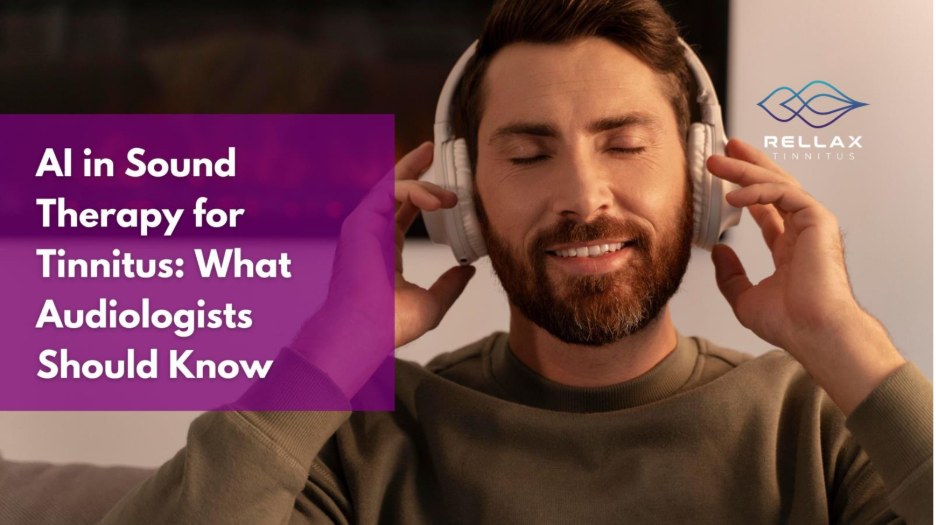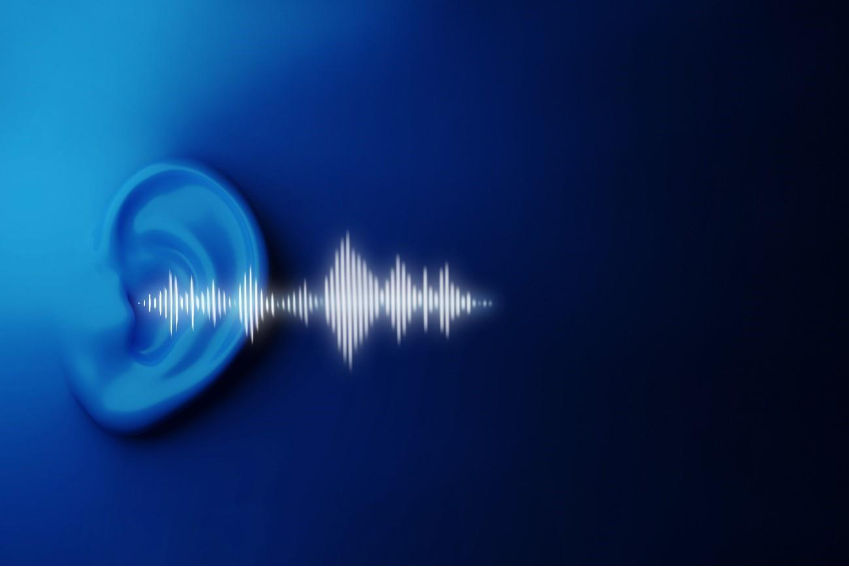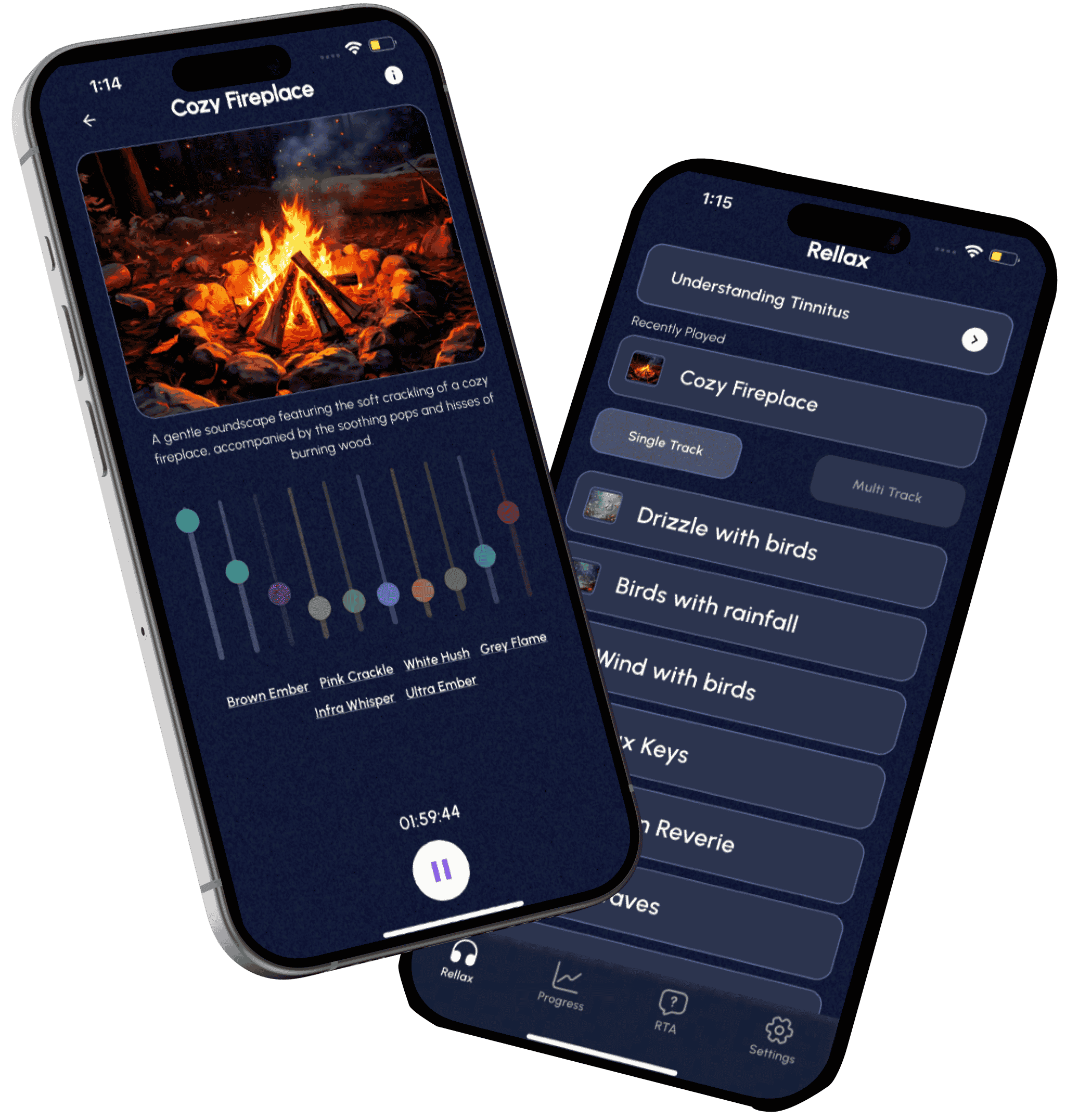
Introduction
Tinnitus, often described as ringing, buzzing, or hissing in the ears, is one of the most common hearing-related conditions worldwide. While many treatments exist, one question remains top of mind for both patients and professionals: what is the latest treatment for tinnitus that can truly make a difference?
In recent years, artificial intelligence (AI) has begun reshaping many aspects of healthcare and tinnitus care is no exception. For audiologists, AI-driven sound therapy is opening the door to more precise, personalized, and effective treatment options.
In this blog, we’ll explore how AI is transforming tinnitus sound treatment, what benefits it offers to patients and audiologists alike, and why this could represent the best treatment for tinnitus moving forward.

Understanding Tinnitus and Its Challenges
Before diving into AI innovations, it’s important to understand why tinnitus can be so difficult to treat. Unlike a single, straightforward medical condition, tinnitus is a symptom that varies from person to person.
Some patients experience a faint ringing, while others hear persistent buzzing or whistling. The intensity can fluctuate, and it may be accompanied by hearing loss, stress, or sleep disturbances.
Because every case is unique, there’s no universal “cure” and this is why many traditional approaches can feel frustratingly generic.
For years, audiologists have relied on standard sound therapy techniques, counseling, and lifestyle adjustments to help patients cope. While these can be effective, the need for a more tailored and dynamic solution has led researchers to explore how AI could deliver the best therapy for tinnitus in a more personalized way.
What Is AI in Sound Therapy for Tinnitus?
AI in tinnitus therapy uses algorithms and machine learning to understand a patient’s tinnitus profile and create customized auditory solutions. Instead of offering pre-recorded sounds or one-size-fits-all audio tracks, AI can generate soundscapes in real time based on individual needs.
For example, if a patient’s tinnitus pitch changes throughout the day, an AI-powered tool could adjust the therapy automatically, ensuring it stays effective and relevant. These soundscapes can be built using tinnitus sound examples tailored to the patient’s frequency range, intensity, and listening preferences.
This technology goes beyond simply playing soothing sounds, it learns from ongoing patient feedback and adapts to deliver a targeted, evolving treatment.

How AI-Driven Sound Therapy Works
AI in tinnitus care may sound complex, but the process is surprisingly straightforward when broken down into steps:
1. Patient Data Collection
The process begins with gathering information, both subjective (patient-reported symptoms, emotional impact, daily challenges) and objective (hearing test results, tinnitus pitch matching, sound tolerance). AI platforms can analyze this data quickly and thoroughly.
2. Personalized Sound Creation
Based on the data, AI generates a unique sound profile designed specifically for the patient’s tinnitus. This might include specific tones, frequency-modified audio, or nature-inspired soundscapes that match the individual’s needs.
3. Continuous Adaptation
Unlike static therapy, AI uses feedback loops. As patients engage with the therapy, whether via an app, device, or connected hearing aid, the system adjusts and improves over time. If the tinnitus changes in pitch or intensity, the therapy evolves along with it.
By making treatments flexible and data-driven, AI could help establish what many consider the best treatment for tinnitus, one that responds to each person’s real-time experience.
Why AI Is a Game-Changer for Audiologists
For audiologists, the adoption of AI in tinnitus therapy offers several key benefits:
1. Precision and Personalization
Rather than relying on trial-and-error approaches, audiologists can offer data-backed solutions from the start. This can shorten the time it takes for patients to notice improvement.
2. Better Patient Engagement
Patients are more likely to stick with a therapy plan when they see measurable progress and feel the treatment is truly “made for them.”
3. Expanded Service Offerings
By integrating AI-powered tinnitus sound treatment into their practice, audiologists can attract new patients seeking modern, evidence-based care, building trust and credibility.
Evidence Supporting AI in Tinnitus Therapy
1. Diagnostic Accuracy with High-Frequency Audiometry
Recent research illustrates that AI models utilizing high-frequency audiometry data can significantly enhance tinnitus diagnosis. In one study, machine learning algorithms, such as logistic regression and artificial neural networks, achieved over 94% accuracy and an AUC (Area Under Curve) of 97% in distinguishing tinnitus from non-tinnitus cases.
This level of precision offers audiologists a more objective, reliable foundation before crafting treatment plans.
2. AI Detects New Biomarkers for Objective Measurement
A breakthrough study published in Science Translational Medicine revealed that AI can capture involuntary physical reactions like pupil dilation and subtle facial movements that correlate with tinnitus distress. For the first time, researchers linked these “hidden” biomarkers to severity, offering a more objective metric than self-reported questionnaires and potentially enabling earlier intervention.
3. Broader AI Applications in Audiology
AI’s role isn’t limited to tinnitus, it’s transforming audiology as a whole. A recent scoping review highlights how AI is enhancing hearing assessments, automating hearing aid fittings, and improving rehabilitation tools, all leading to more personalized and efficient patient care. This broader context supports why AI-driven therapies could represent the best treatment for tinnitus in the near future.
4. AI as the Foundation for New Treatment Approaches
These advancements make AI more than just an add-on to conventional therapy, it’s becoming a cornerstone in shaping the new treatment for tinnitus, offering precision, personalization, and early detection in ways that traditional methods could not achieve.
How Audiologists Can Apply AI-Powered Tinnitus Therapy in Practice
Audiologists exploring AI-based tinnitus care can integrate it into their workflow in several ways:
- Using AI-driven hearing aids that deliver customized sound therapy alongside amplification.
- Incorporating app-based platforms, such as Rellax, where patients can log symptoms, listen to tinnitus sound treatments, and receive updated therapy recommendations daily.
- Offering AI-based progress tracking, which can serve as a powerful motivator for patients to stay engaged with their therapy.
This approach turns tinnitus management into a dynamic, collaborative process, something patients often appreciate after years of feeling stuck with static, one-size-fits-all solutions.

Examples of AI-Generated Tinnitus Sounds
When patients hear “sound therapy,” they often wonder what it will actually sound like. Tinnitus sound examples in AI therapy can include:
- Pure tones or harmonic tones matched to the patient’s tinnitus pitch.
- Nature-inspired sounds like gentle rain, ocean waves, or rustling leaves, adapted to specific frequency needs.
- Musical tones adjusted in frequency and volume to interact with the tinnitus perception.
The key is that these aren’t generic files, they’re created and adjusted to work specifically for the person listening.
What This Means for the Future of Tinnitus Care
The emergence of AI in sound therapy has the potential to redefine how we think about the best therapy for tinnitus. Instead of offering “management” in the traditional sense, we’re now talking about highly personalized treatments that evolve with each patient.
For audiologists, adopting AI tools could mean not only better outcomes but also stronger patient relationships and a competitive edge in the market.
And for patients, it represents hope, the kind that comes from knowing their therapy is uniquely theirs, and capable of adapting as their needs change.
Conclusion:
AI isn’t just a buzzword, it’s quickly becoming a practical, powerful tool in tinnitus care. From personalized sound therapy to real-time progress tracking, it offers patients new hope and clinicians new ways to deliver results.
Partnering with Rellax to Bring AI to Your Practice
At Rellax, we’re committed to helping audiologists harness these innovations. Our AI-powered tinnitus sound treatment tools are designed to support better patient outcomes while making your workflow more efficient. If you’re ready to explore how AI-based therapy can fit into your practice, connect with us for a FREE CONSULTATION. Together, we can bring the future of tinnitus care to your patients, today.
Frequently Asked Questions (FAQs)
AI-enhanced sound therapy, which personalizes treatment to each patient’s tinnitus profile, is among the most promising developments in recent years.
The best therapy is one tailored to the individual. AI-driven approaches offer unprecedented customization and adaptability.
Yes, examples include personalized tones, nature sounds, and music tracks specifically tuned to the patient’s tinnitus frequency.
AI platforms can analyze patient data, create personalized soundscapes, and adjust therapy automatically over time, making it a truly new and adaptive form of treatment.
Have any question?
Do not hesitate to contact us. We’re a team of experts ready to talk to you.


